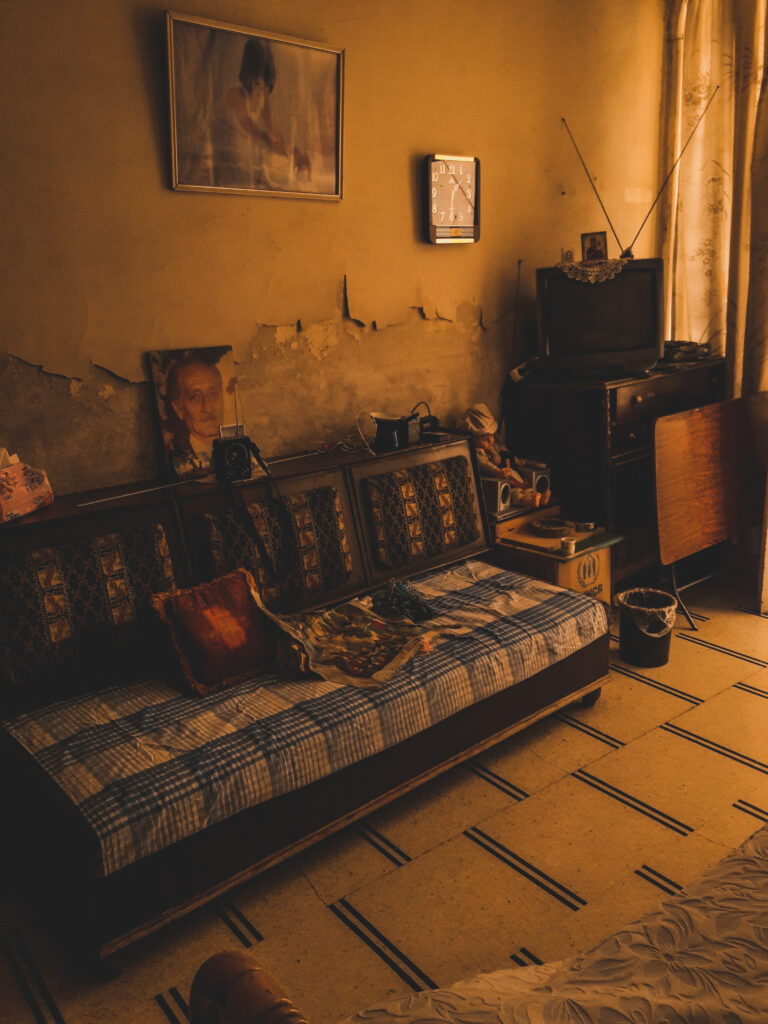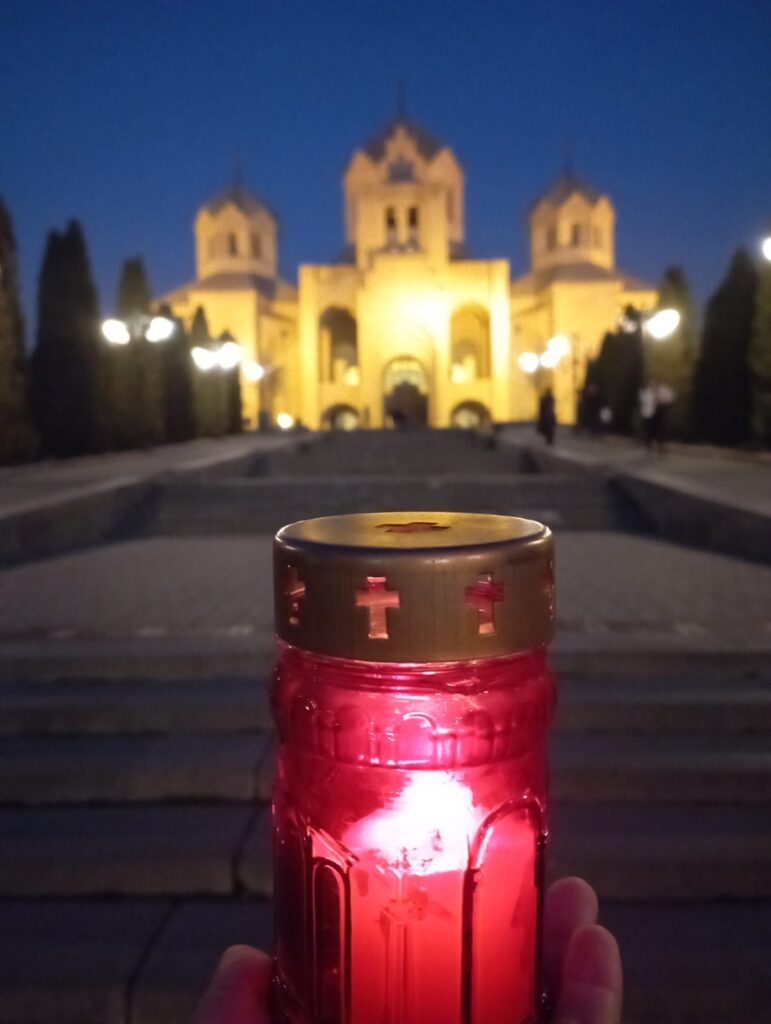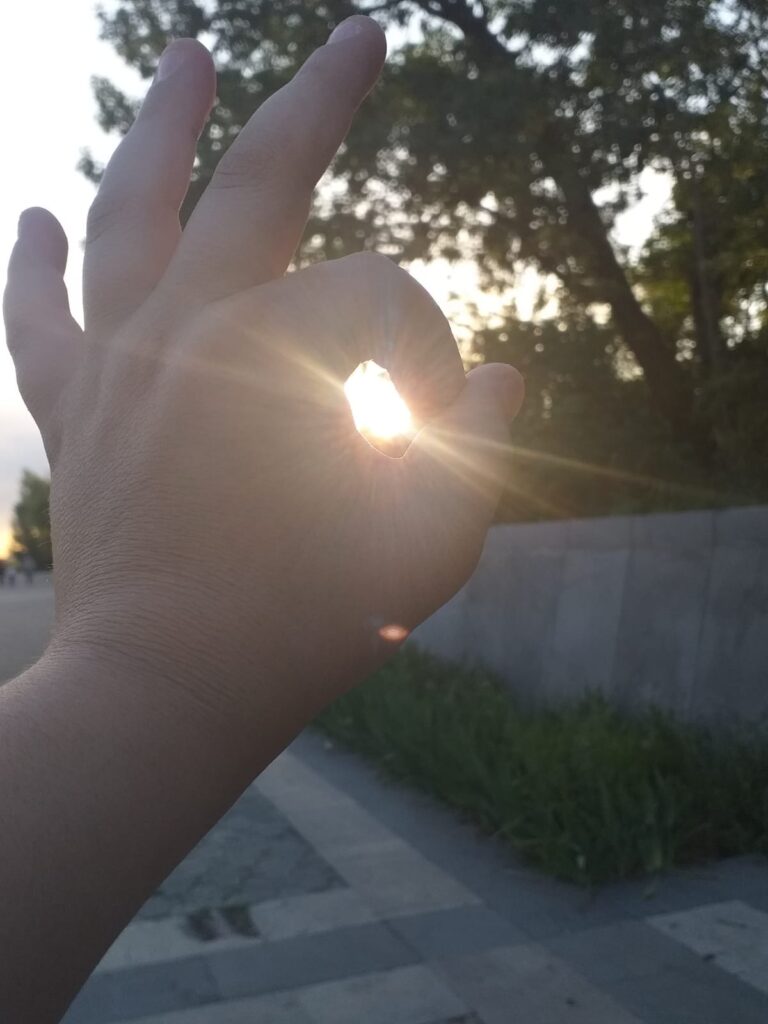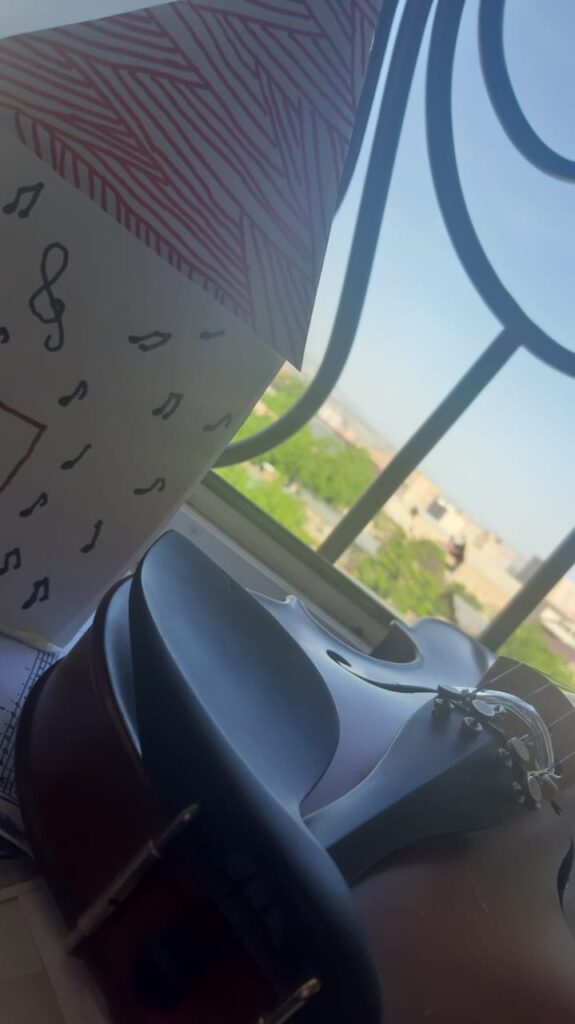World Refugee Day reminds us of the staggering numbers: according to UNHCR estimates, 49 million of those forcibly displaced were children, which includes roughly 19 million children registered as refugees or asylum seekers. But what if we shifted focus – not just to how many children are refugees, but to how children themselves understand what it means to be one?
Through my doctoral research with Syrian Armenian children and their families who fled Syria’s war and now live in Armenia, I came to realise that “refugee” is not a fixed category. For children especially, it is a label they rather strategically adopt, reject, or reshape – often in ways that challenge adult expectations and institutional categories.
Between ‘homecoming’ and ‘last resort’
Many of the children who participated in my research were born in Syria to families who traced their roots to Armenia; the home of their ancestors, a place they had heard about in stories, songs, and Sunday school. When war displaced them, they arrived in Armenia not as complete strangers, but not quite as returnees either. One young person told me:
“(…) there is an issue at the beginning, in that you come back to your motherland, and you feel like you don’t belong.”
Due to their Armenian heritage, Syrian Armenians were entitled to Armenian citizenship. Some chose to take citizenship, but not all, especially boys and male young people to avoid having to join the Armenian army in the ongoing conflict with Azerbaijan.
In other cases, being categorised as a refugee was useful for aspirations to move elsewhere. This caused a patchwork of legal statuses within and across many Syrian Armenian families – from citizenship, residency, to refugee status. Regardless of their legal status, children encountered many different terms to describe Syrian Armenians in newspaper reports, daily speech and among their peers. These ranged from “repatriates”, “people in a refugee-like situation”, or “brothers and sisters”.
Some of the children preferred to be referred to as “Syrian” or “diaspora Armenians” to honour their Syrian roots. Other children had not even experienced the move from Syria or did not identify themselves as Syrian at all and their families playfully called them “locals”. In contrast, the children were part of support interventions that labelled them ‘refugee’ children.
This tension – between return and displacement, belonging and otherness – shaped how children navigated everyday life: in school, on the playground, and in their homes.
Children’s flexible identities
While official documents marked them as “refugees”, as “residents” or “Armenian citizens” the children’s own sense of self was often more fluid. The children challenged constructions of ‘refugee-ness’, ‘local Armenian-ness’ and ‘diaspora Armenian-ness’ from their families, peers and teachers and found ways of expressing multiple fluid identities beyond these categories, depending on the social situation.
This was reflected in one exercise where I asked the children what their personal flag looks like. This resulted in a mixed bag of varying percentages and multi-coloured flags, ranging from 100 percent Syrian, 99 percent Syrian and 1 percent Armenian to the complete opposite, as well as other countries, such as Korea, Canada or the US, because they identified with the culture or music, or simply liked the sound of it. These notions could change over time and even across siblings in a given family.
For example, as can be seen in the gallery below, some of the children and young people rather chose to concentrate their notions of home around hobbies and beliefs, whereas for others, memories from Syria embodied home.

Children prioritised different aspects of their multi-faceted lives at a given point in time, which included but also reached beyond their migration experience. In research and interventions with refugee or migrant children, their status as migrants or refugees is often portrayed as all-encompassing. Common tropes include exploring migration trajectories – categorisations of life before, during and after migration.
The children in my research demonstrated that their lives are so much more, and they prioritise different aspects of their lives at a given point in time, depending on the school environment, peer groups, and family situation, as well as factors such as their gender, age, and class. This indicates that children’s lives are played out in mobile environments with constant shifts and changes, just like children’s identities are not common fixtures and can alter dynamically across time and space.
In my research, children encountered high expectations from family, peers and other social actors about how to behave, fit in, and belong, which were sometimes quite contradictory. The interventions that I encountered were often focused on enhancing material support for children and their school performance in order to improve their integration. There was an assumption that the children, already having Armenian roots, didn’t encounter any other problems in Armenia. Yet the children emphasised that they needed more support to adapt to life in Armenia socially and emotionally to deal with expectations towards them from peers, family and teachers towards their “ideal” behaviour and identity.
What this means for policy and practice
Too often, humanitarian and development actors treat “refugee” as a static category, which is useful for targeting aid, but disconnected from lived experience.
- Children’s perspectives invite us to think differently. They challenge us to:
- Recognise children as social actors who interpret and negotiate identity on their own terms.
- Avoid over-defining children by their displacement, especially in education, protection, and integration programming.
- Include children meaningfully in the design of policies and projects that affect their lives, starting with how they describe themselves.
A call for listening
On this World Refugee Day, let’s move beyond labels. Let’s listen to how children themselves make sense of displacement, belonging, and home. Their words might not always fit our frameworks – but that’s precisely why we need to hear them. In that in-between space, children are telling us something urgent, not just about their identities, but about how we can do better.



